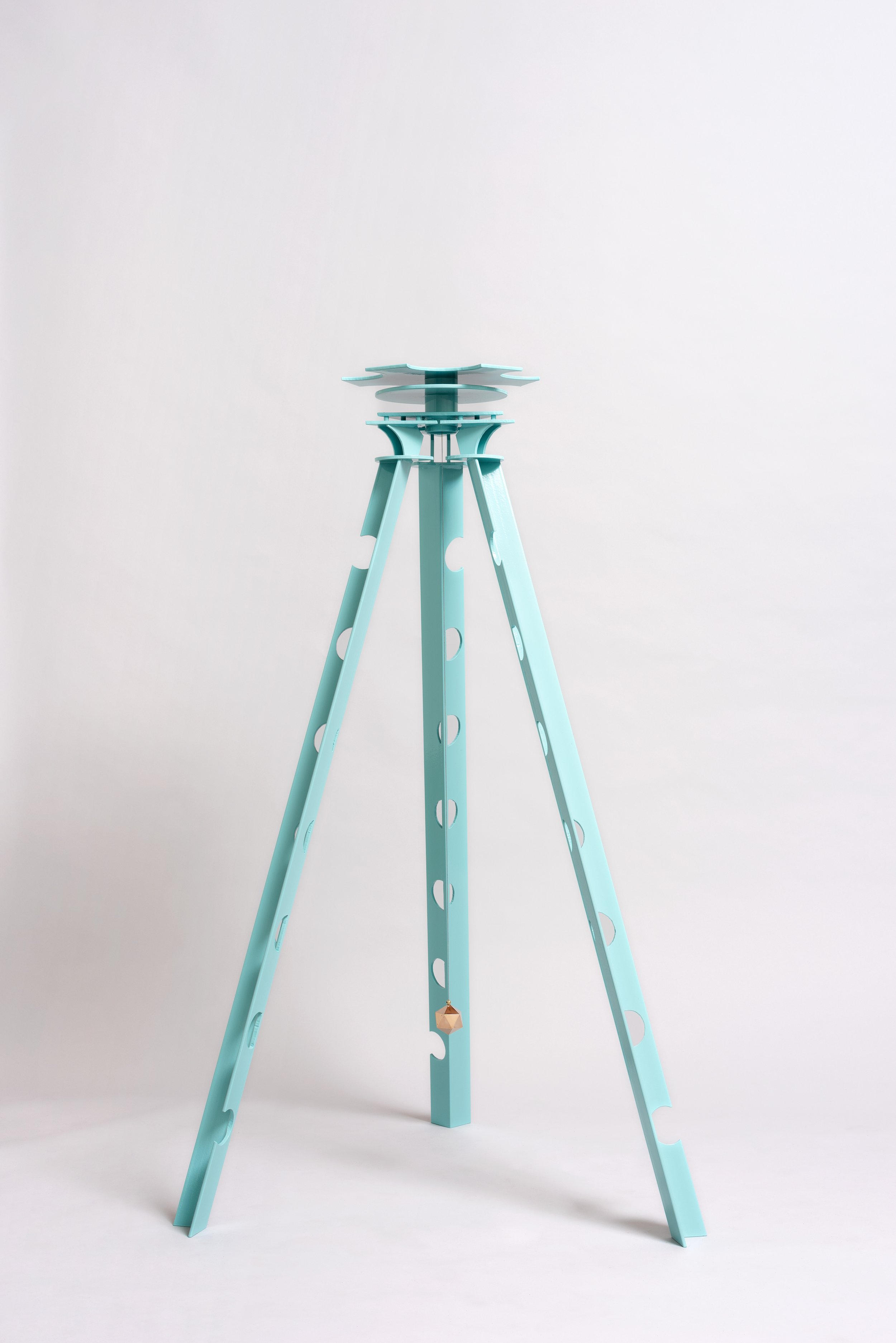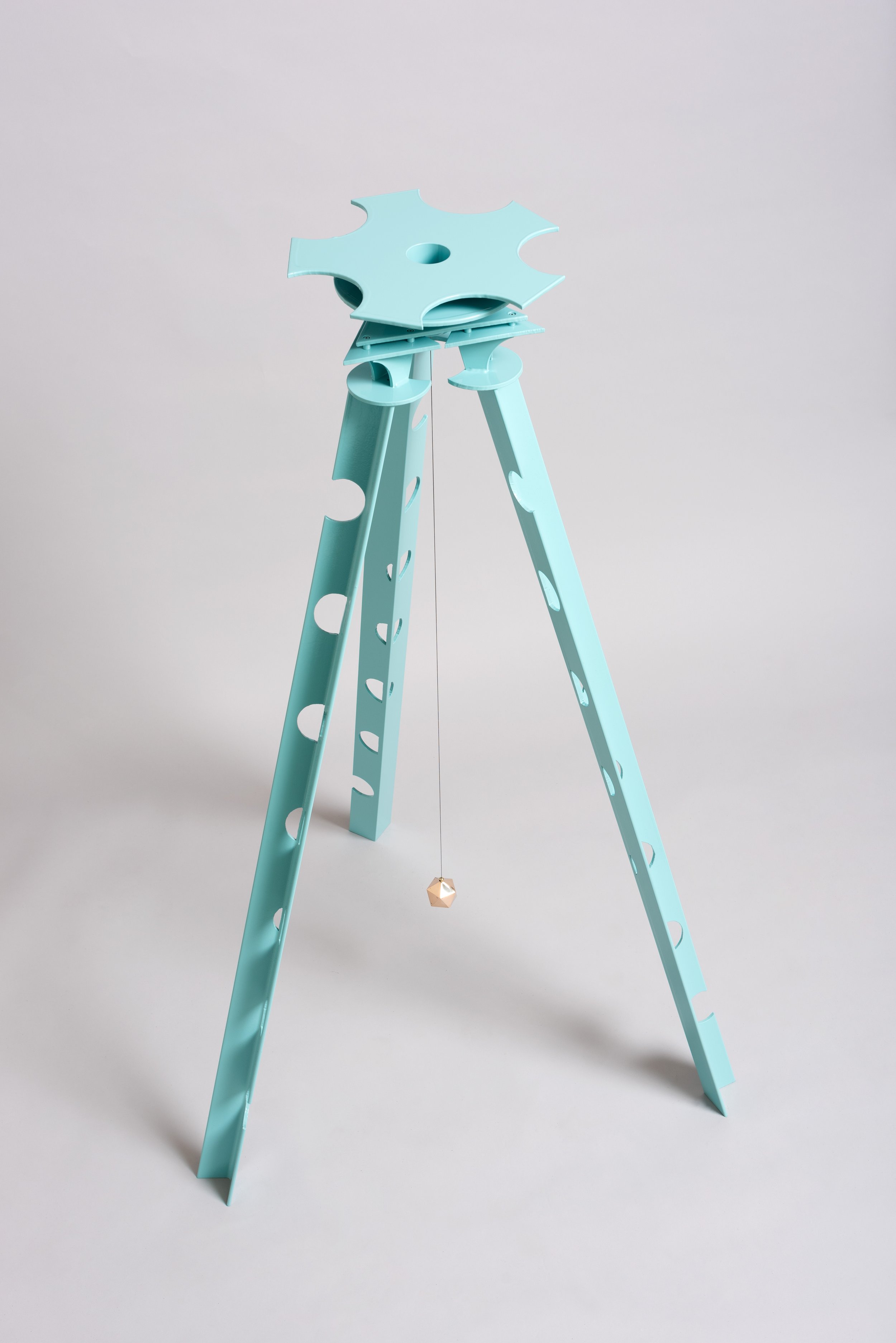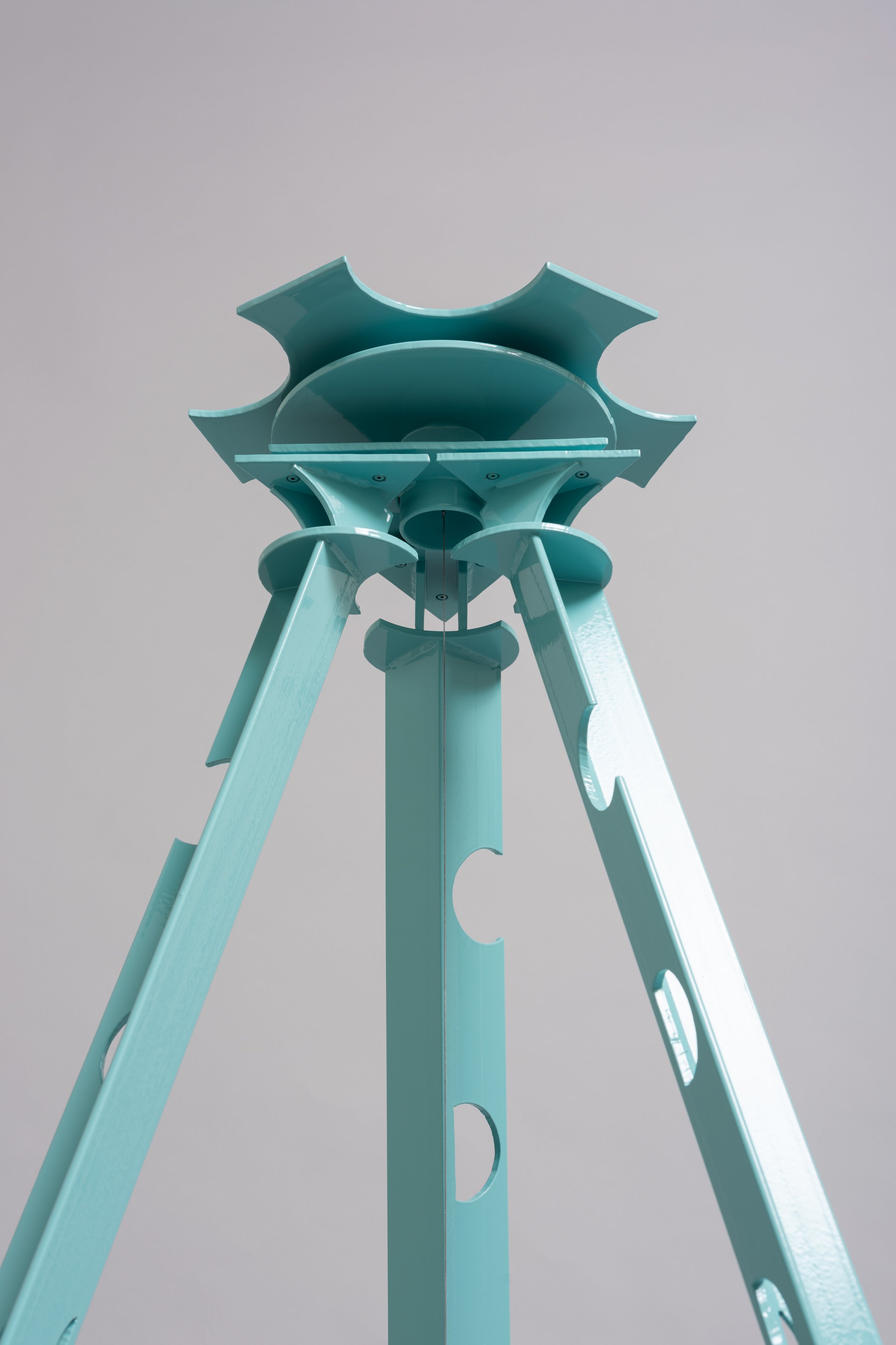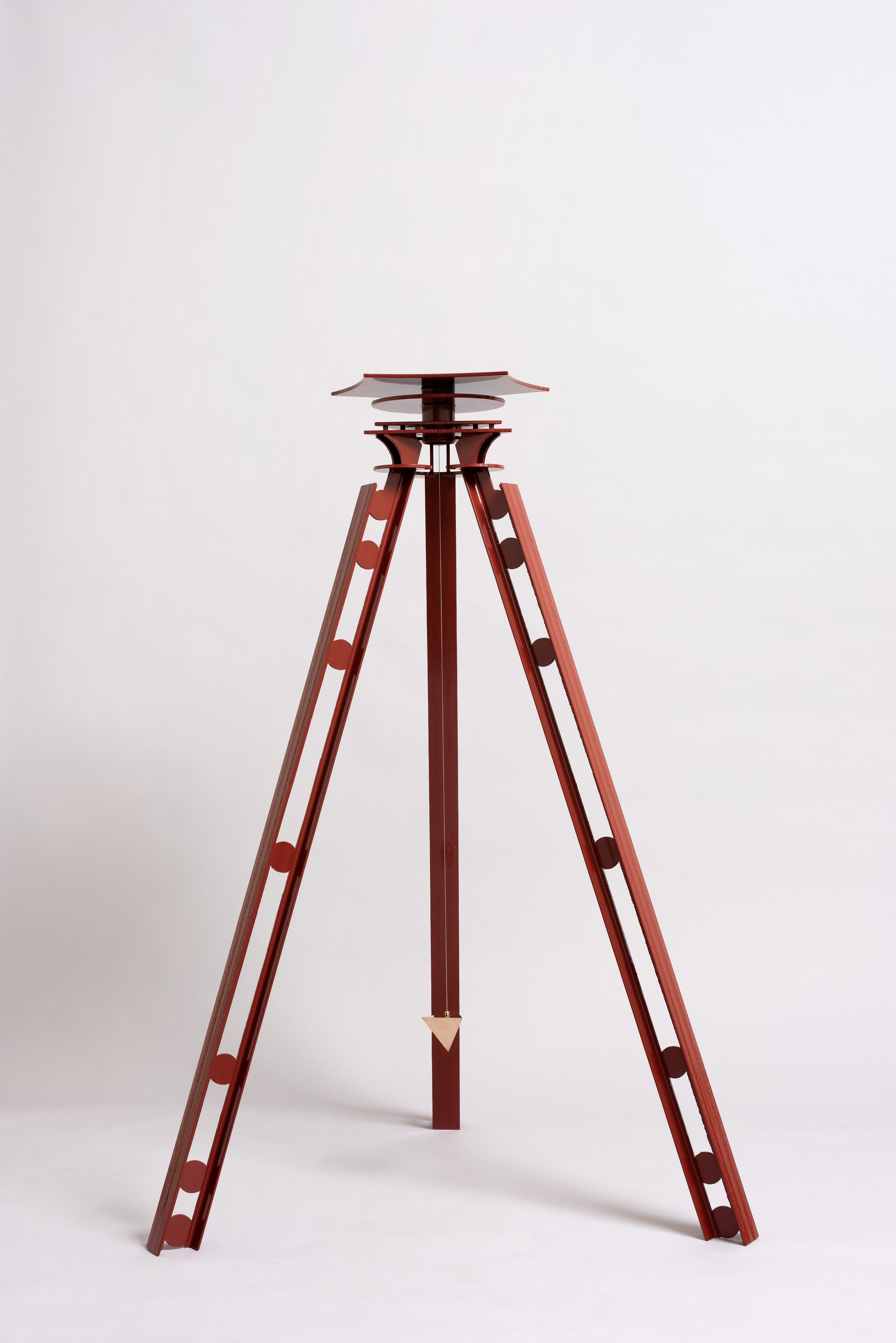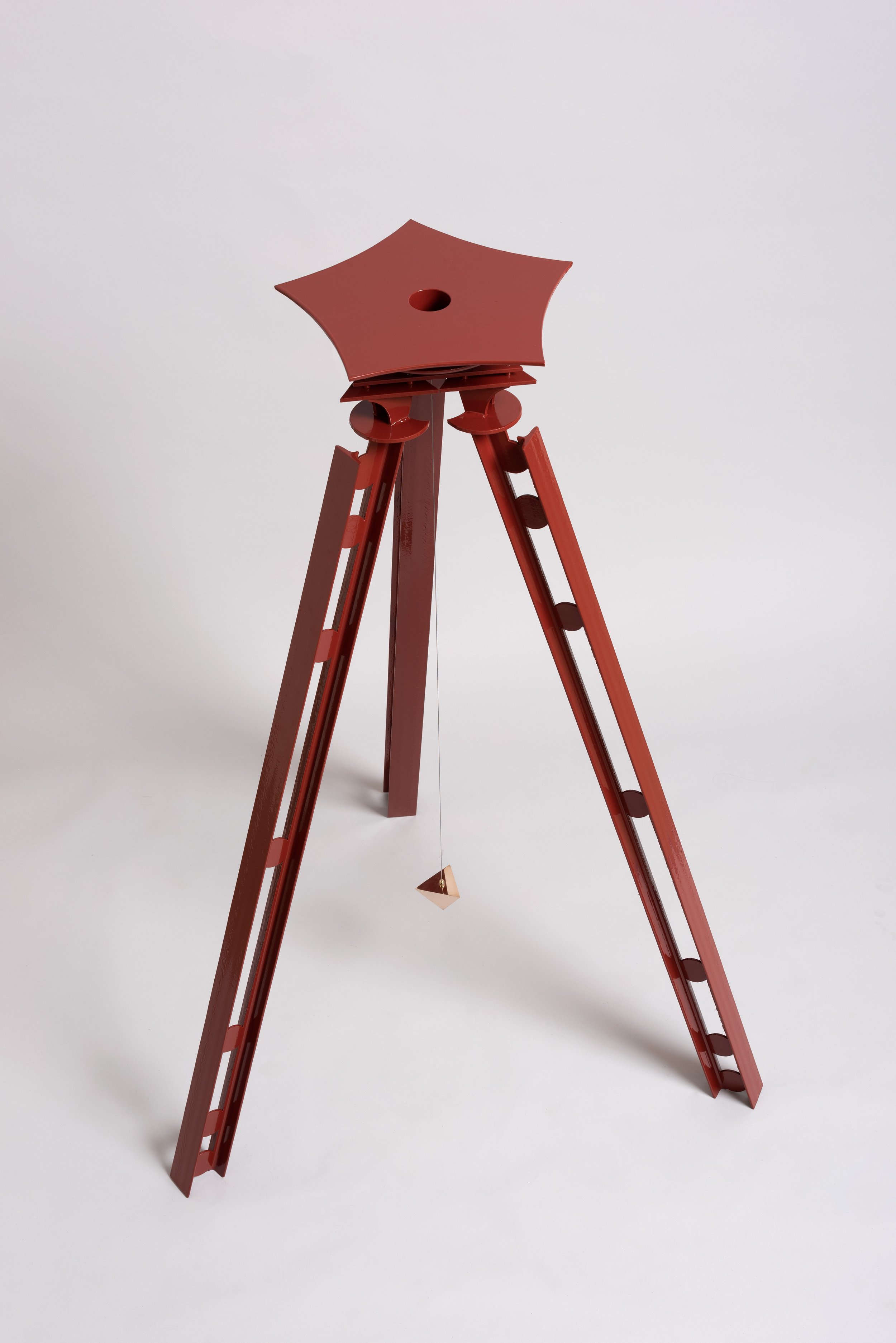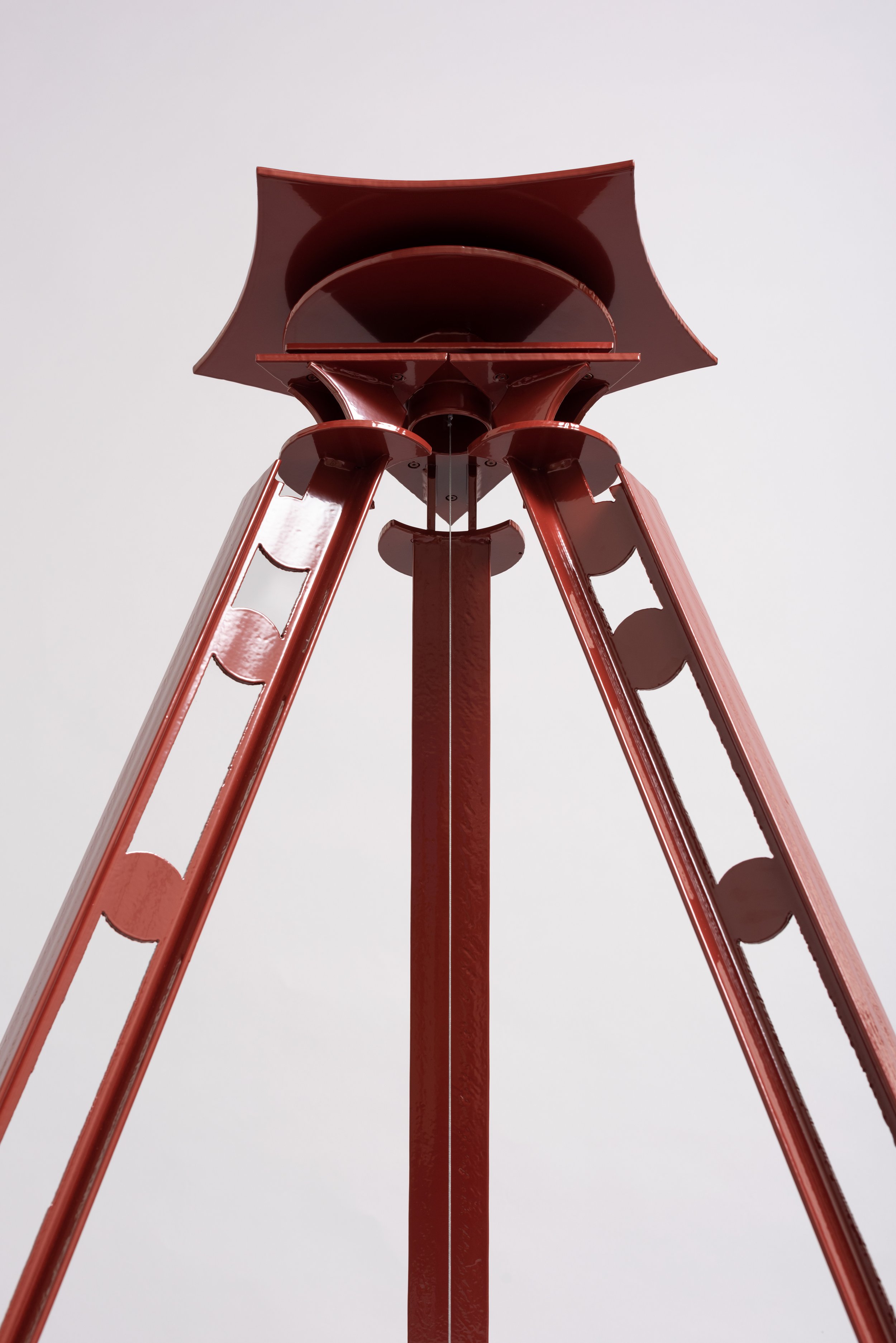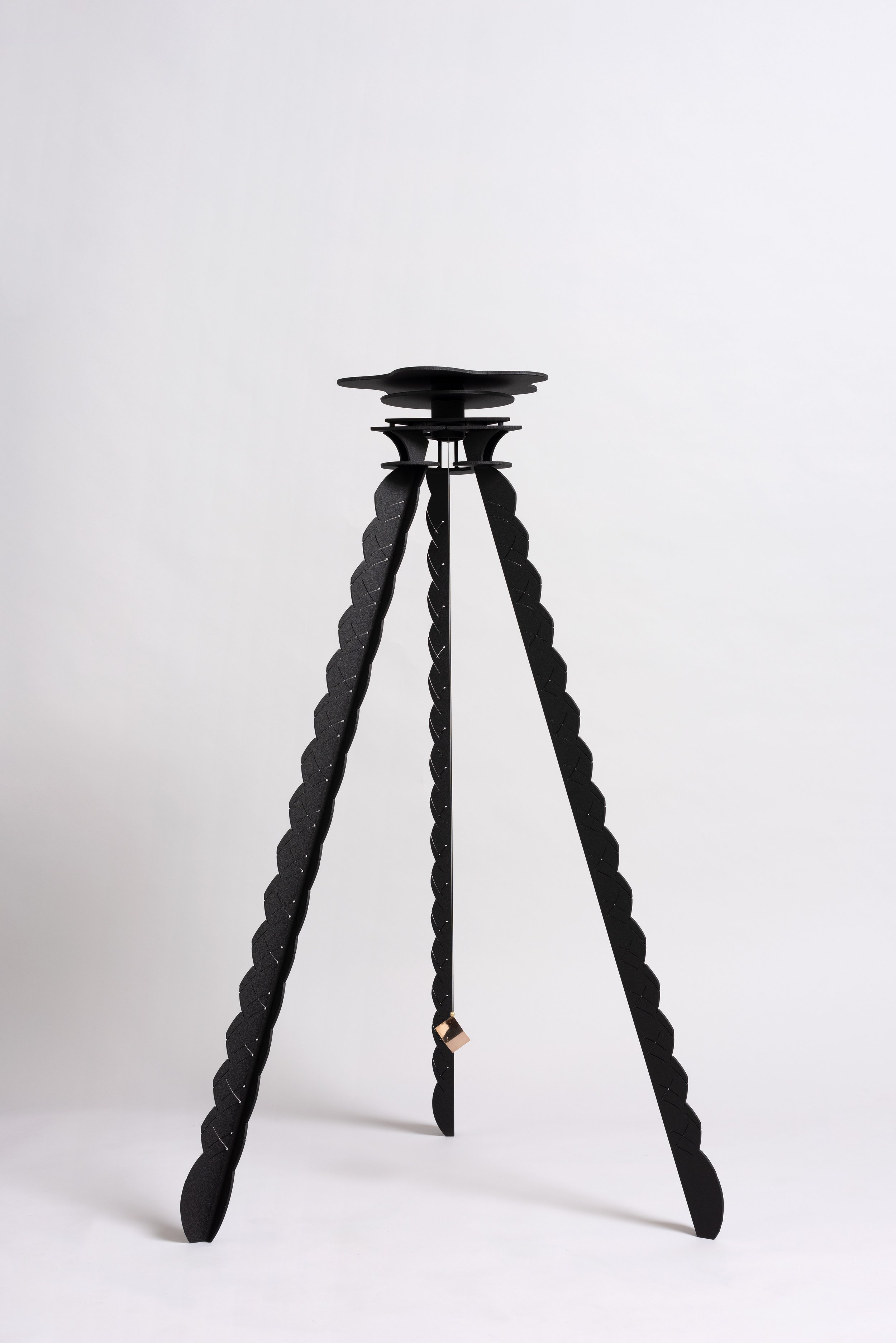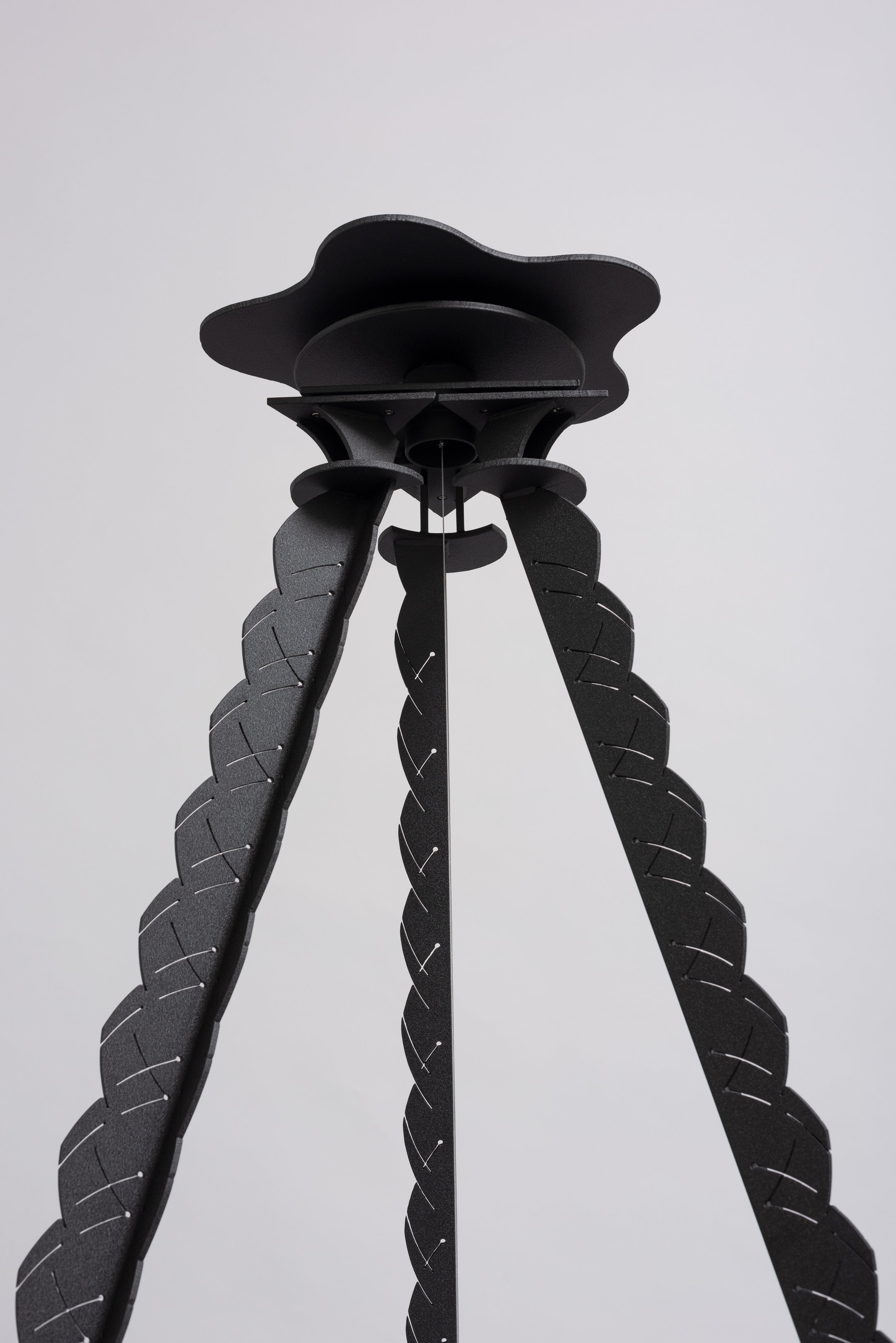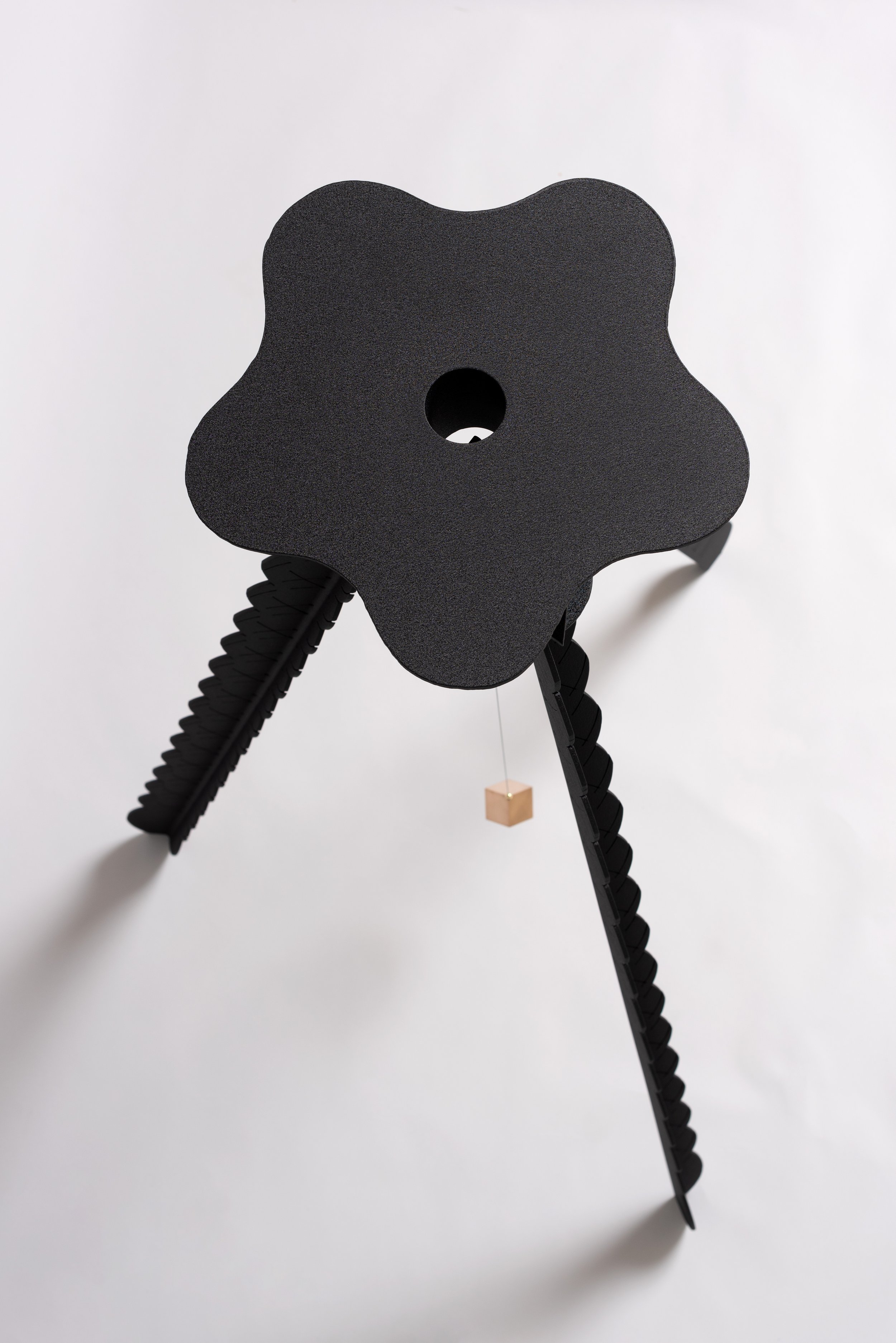NADA New York
in collaboration with the valley, taos
Booth 4.16
Mary Herbert
Sophia Heymans
May 18 - 21, 2023
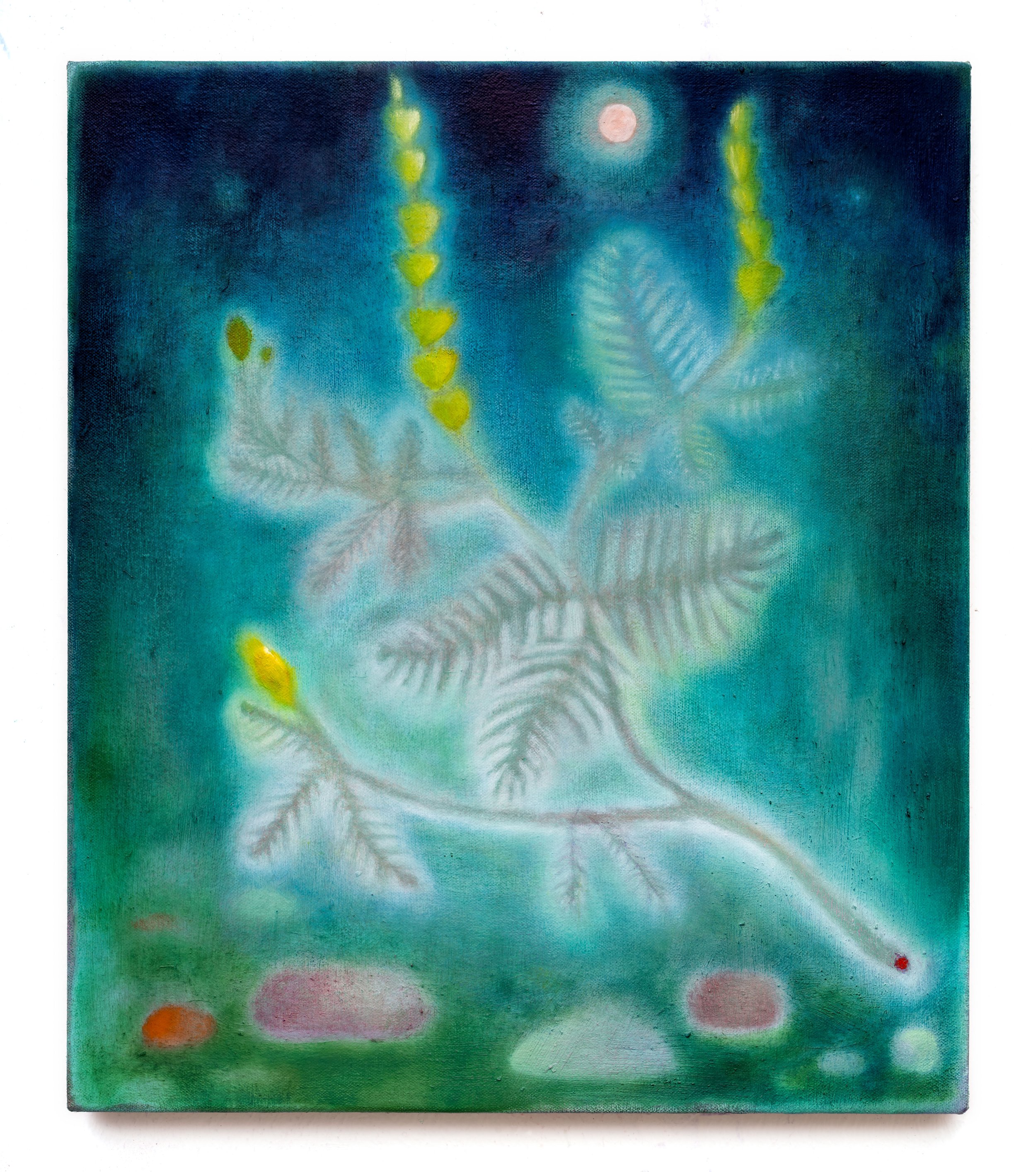
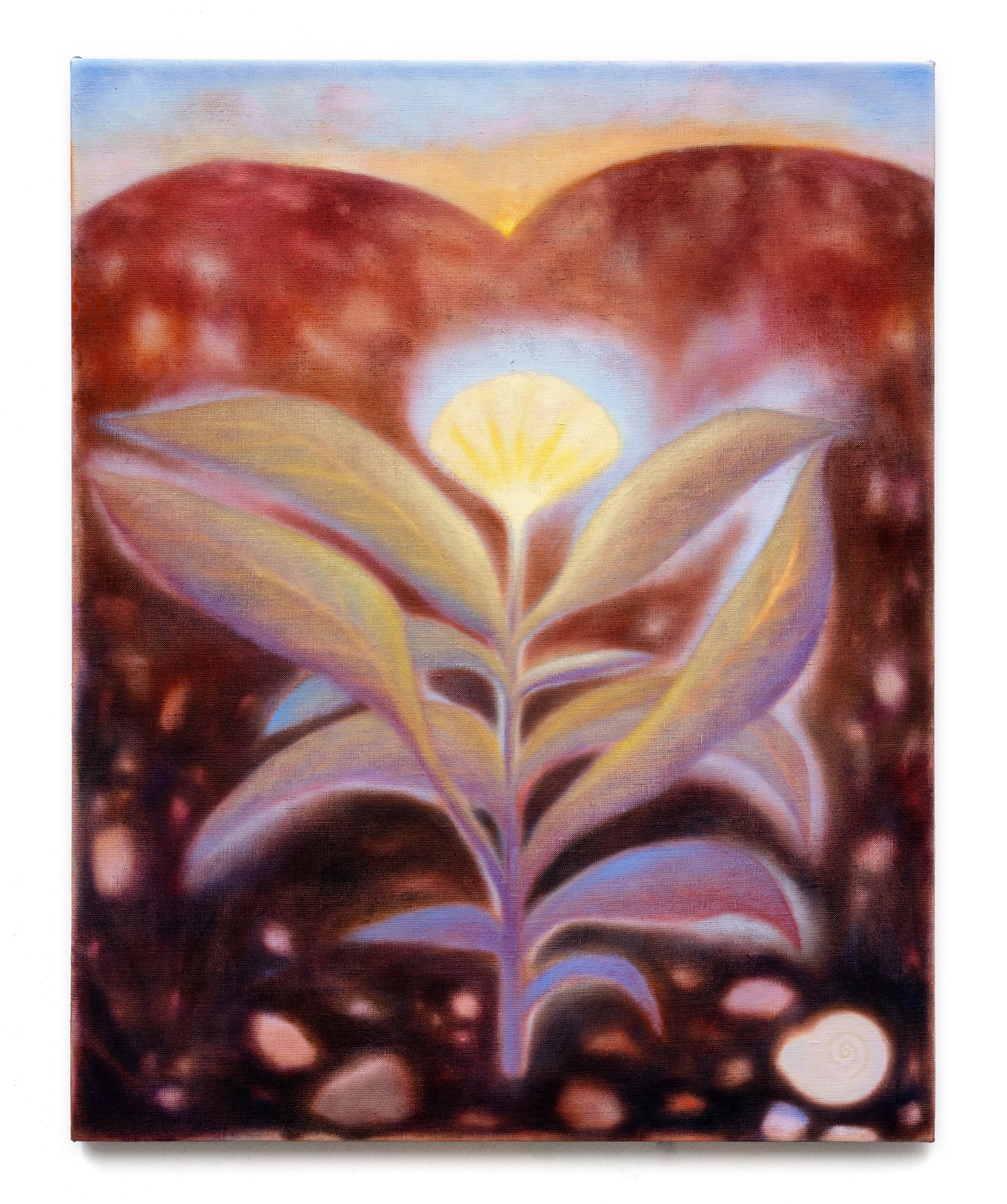
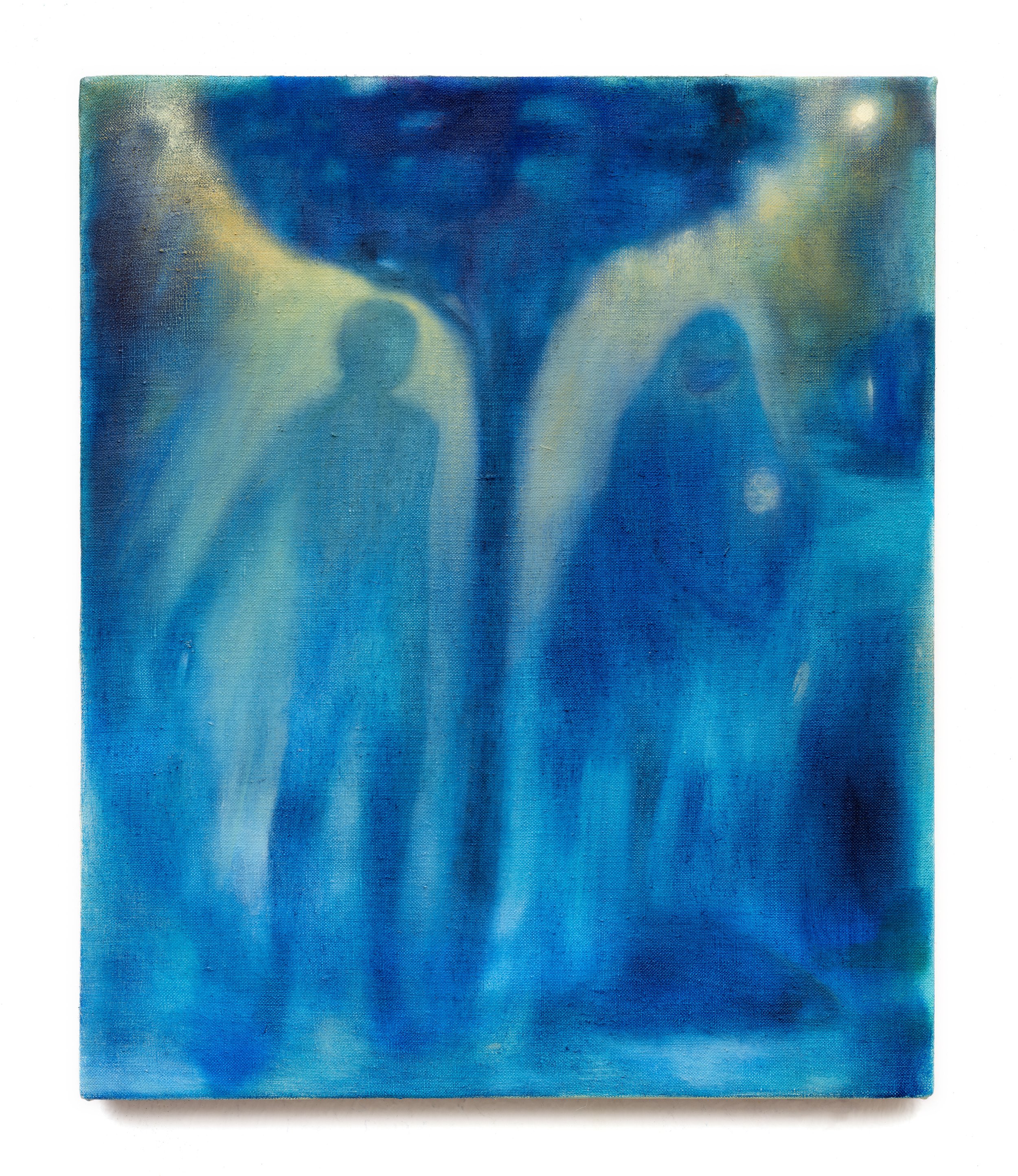
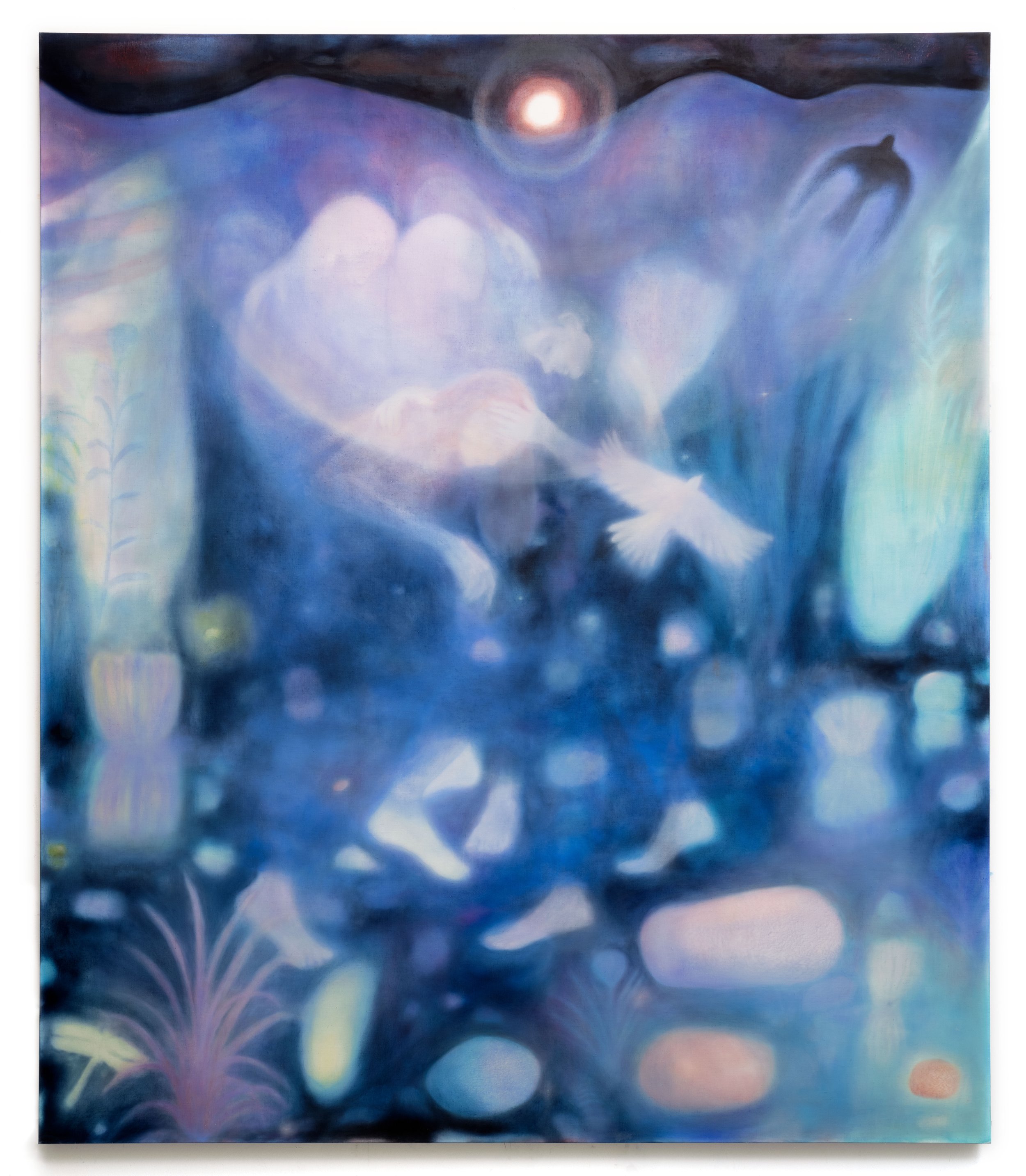
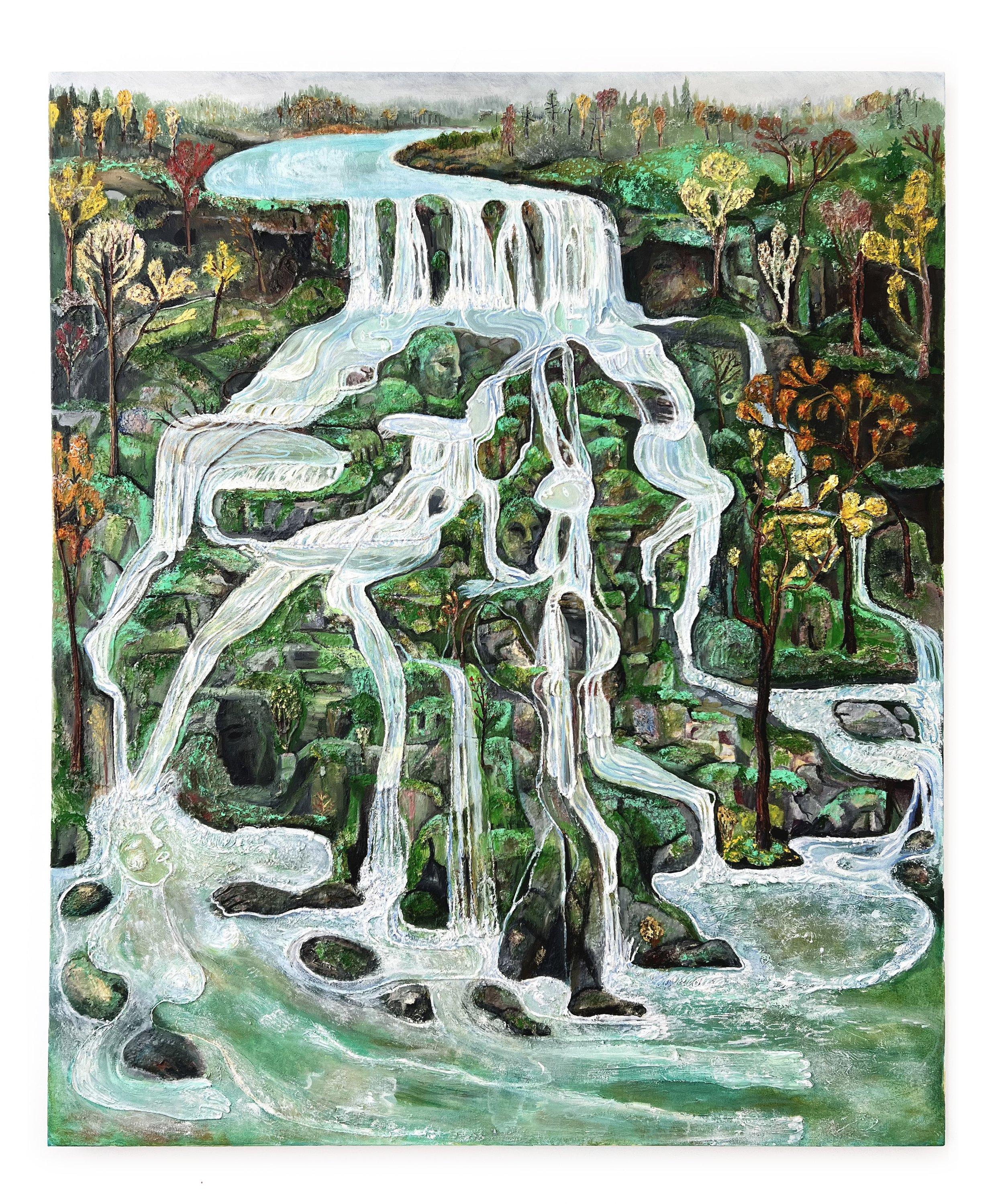
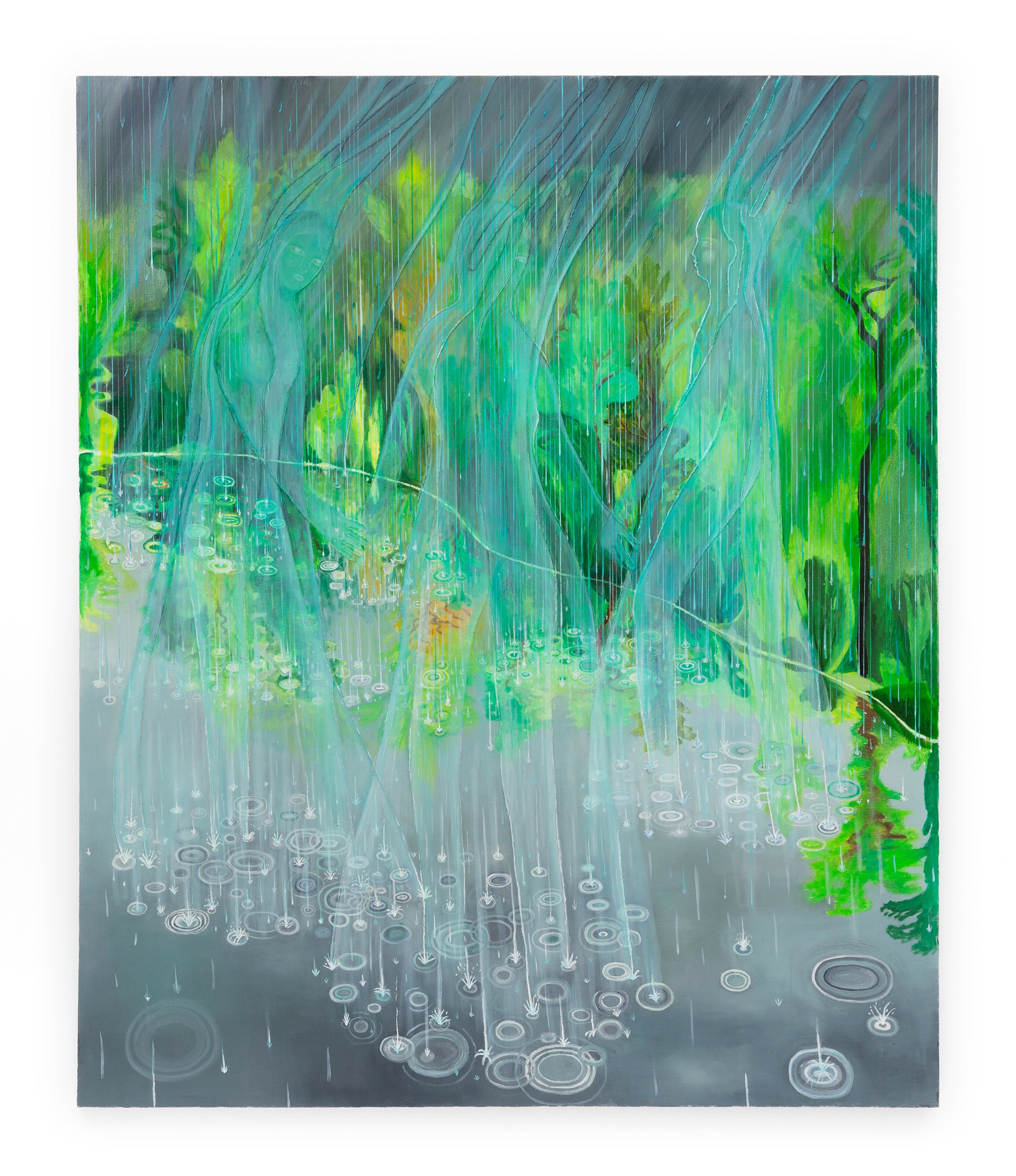
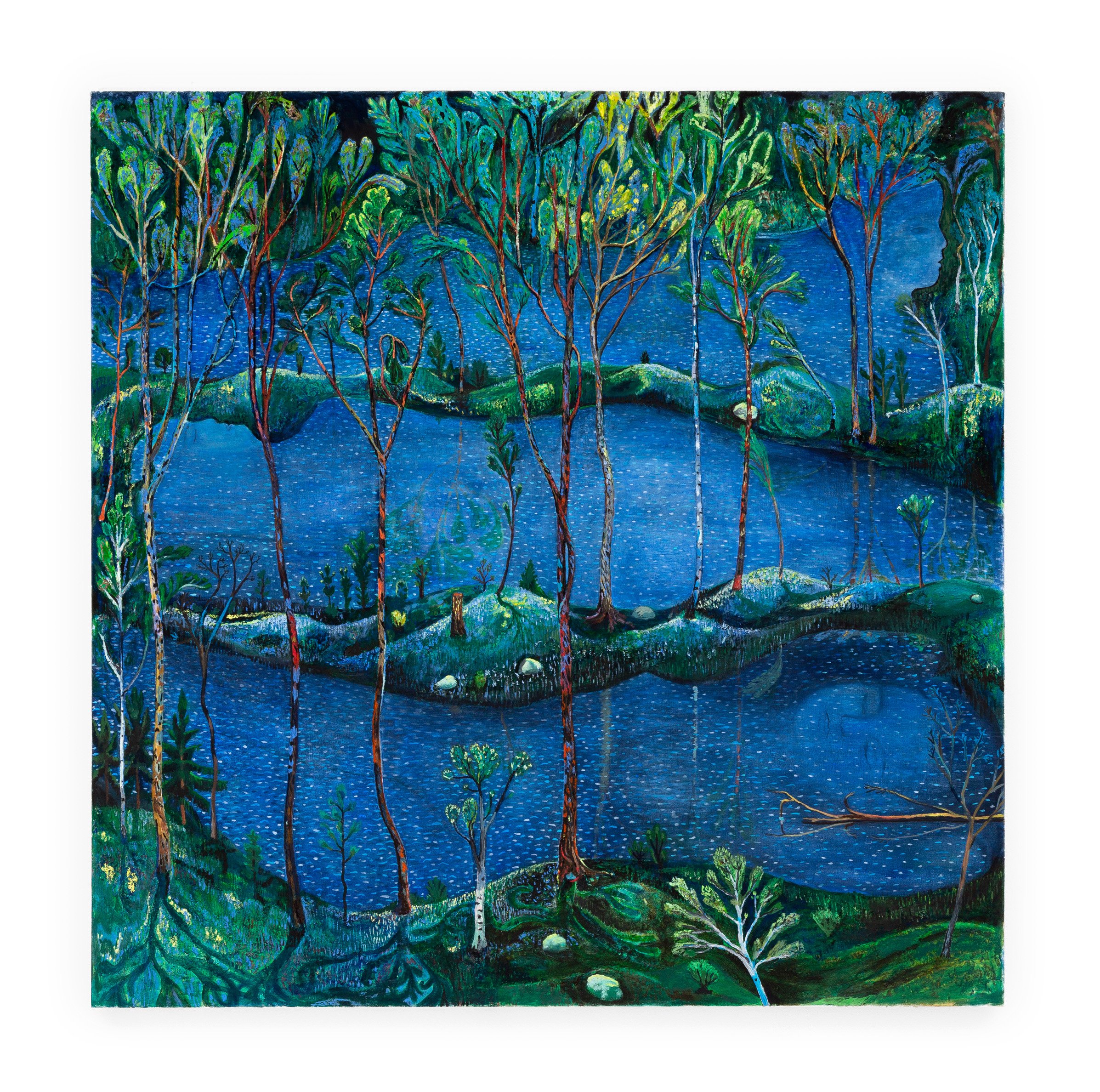
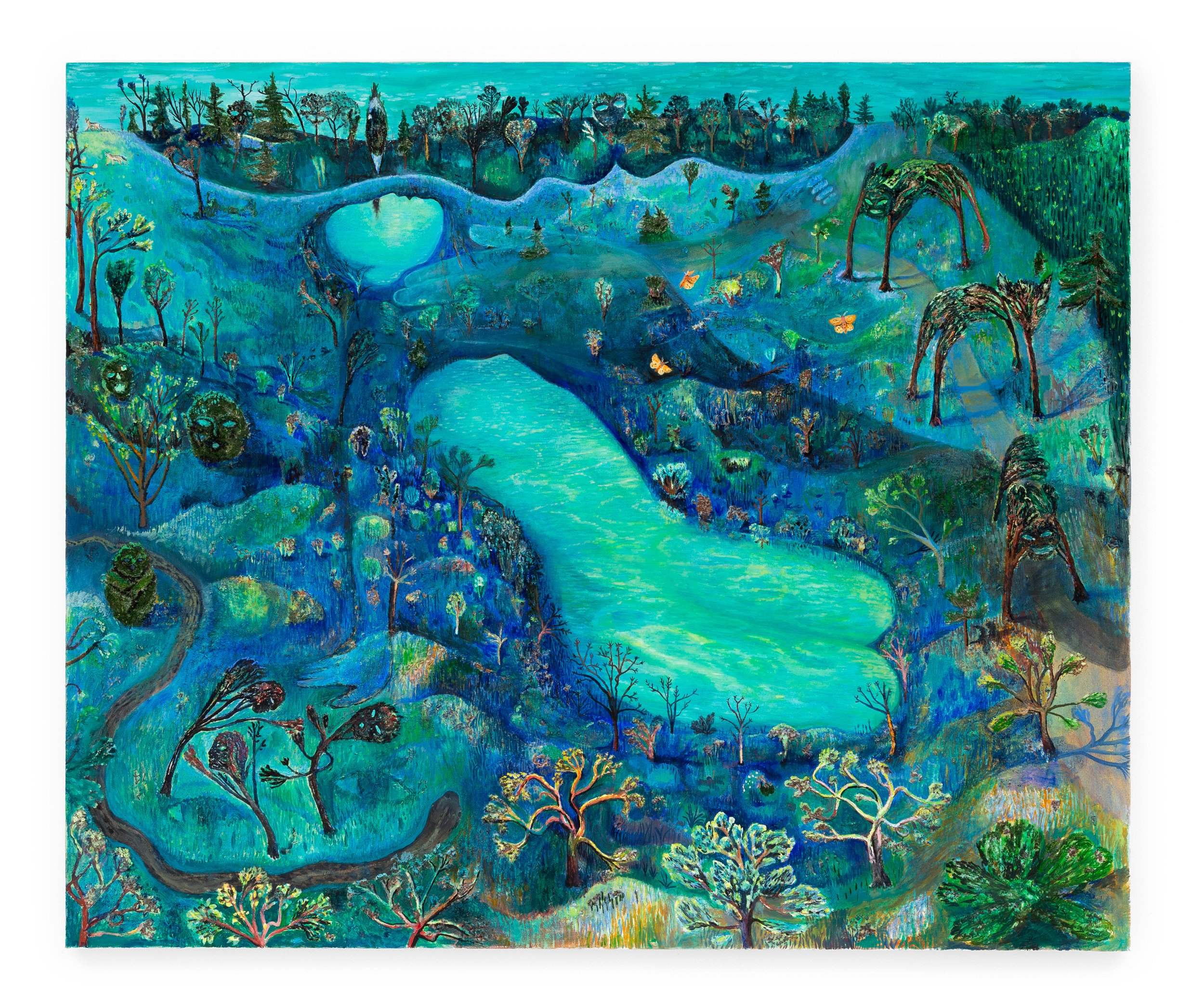
about
Mary Herbert’s recent paintings consider encryptions of meaning: the angle of a hand, the conspicuous lilt of a glowing flower, or the muted persistence of a mist-shrouded sun, contribute to the artist’s evocative painterly vocabulary. Herbert’s compositions suggest overlapping narratives of love, loss, and longing, while providing scant opportunities for their concrete decoding. Generously, though, her subjects radiate with emotional and spiritual potency as plants, bodies, and environments come alive with delight and pathos, both. The paintings’ layered, atmospheric surfaces reflect these charged emotional states, advancing the themes and formal strategies that marked Herbert’s earlier works–realized primarily in soft pastels on paper–and signaling new positions richly informed by classical sculpture, Symbolist and Transcendentalist painting, and more recent traditions of abstraction. Depicting sites of psychic unknowing, Herbert’s recent paintings lucidly describe the hazy emotional and spiritual conditions that inform our relationships, memories, and assessments of the self.
Sophia Heymans’ paintings explore the relationship between the land and humankind, seeking to illuminate the personal, meaningful, and mystical relationship we have with the landscapes we inhabit. Confronting the weighted history of American landscape painting, Sophia’s paintings take a non-dominant perspective. From a high horizon line unfurls a deep foreground full of action, challenging notions of humankind’s superiority over our environment. Playing on our natural inclination to see ourselves in nature, faces and bodies are revealed from highly textural underpaintings which make use of natural materials such as prairie grass seeds and moss. By painting humans as physically and psychologically intertwined with the environment so that you cannot differentiate between them, the artist seeks to reify the closeness that has been stripped from our relationship with the land by colonial and capitalist structures.
Both artists engage in an ongoing dialogue around one another’s work, aptly investigating spiritual internalities as the bases for formal observation and invention. Mutually invested in the potential for our felt and lived-in world to support and nurture alternatives to current systems and patterns, Herbert and Heyman’s works suggest possible futures. Reconsidering diverse histories of figurative and landscape painting, both artists arrive at sympathetic positions: Herbert envisions a space in which eternal inner life-essences exist beyond bodily supports, while Heymans projects a world where the freed spirit of earth returns to its waters and mountains. Moskowitz Bayse and The Valley are glad to collaborate on this presentation that foregrounds these connections, as well as reveals new latent elements of both practices.
Mary Herbert (b. 1988, London) works at the intersection of painting and drawing, making works that are intuitive explorations of memory and sensation. She creates subtle and enigmatic works which oscillate between the recognised and the unknown. Her current work is a series of dream-like paintings and soft pastels on paper formed of a composite of feelings, lived-sensation, un-conscious processes and observation.
Mary studied art at Goldsmiths College in London, where she developed a fascination with the materiality of the photographic image and it’s role in our collective lives as a container of memory or document of reality, and later at the Royal Drawing School where she re-connected with the physical and unconscious aspects of image making through drawing and painting. Her works have been the subject of solo exhibitions at the galleries Moskowitz Bayse (Los Angeles), Lychee One (London) and Arusha (Edinburgh), and have recently been included in group exhibitions at The British Museum, and the galleries Huxley Parlour (London), Harkawik (New York), and Clint Roenisch (Toronto), among others. Her work is in the collections of The British Museum and The Royal Collection.
Sophia Heymans (b. 1989, Minnesota) Sophia Heymans (b. 1989, Minneapolis, MN) lives and works in Brooklyn, New York. She received a BFA in painting from Rhode Island School of Design in 2012. In her paintings she explores the relationship between the land and humankind, seeking to illuminate the personal, meaningful, and mystical relationship we have with the landscapes we inhabit.
sculpture installation
Kylie White
May 18 - 21, 2023
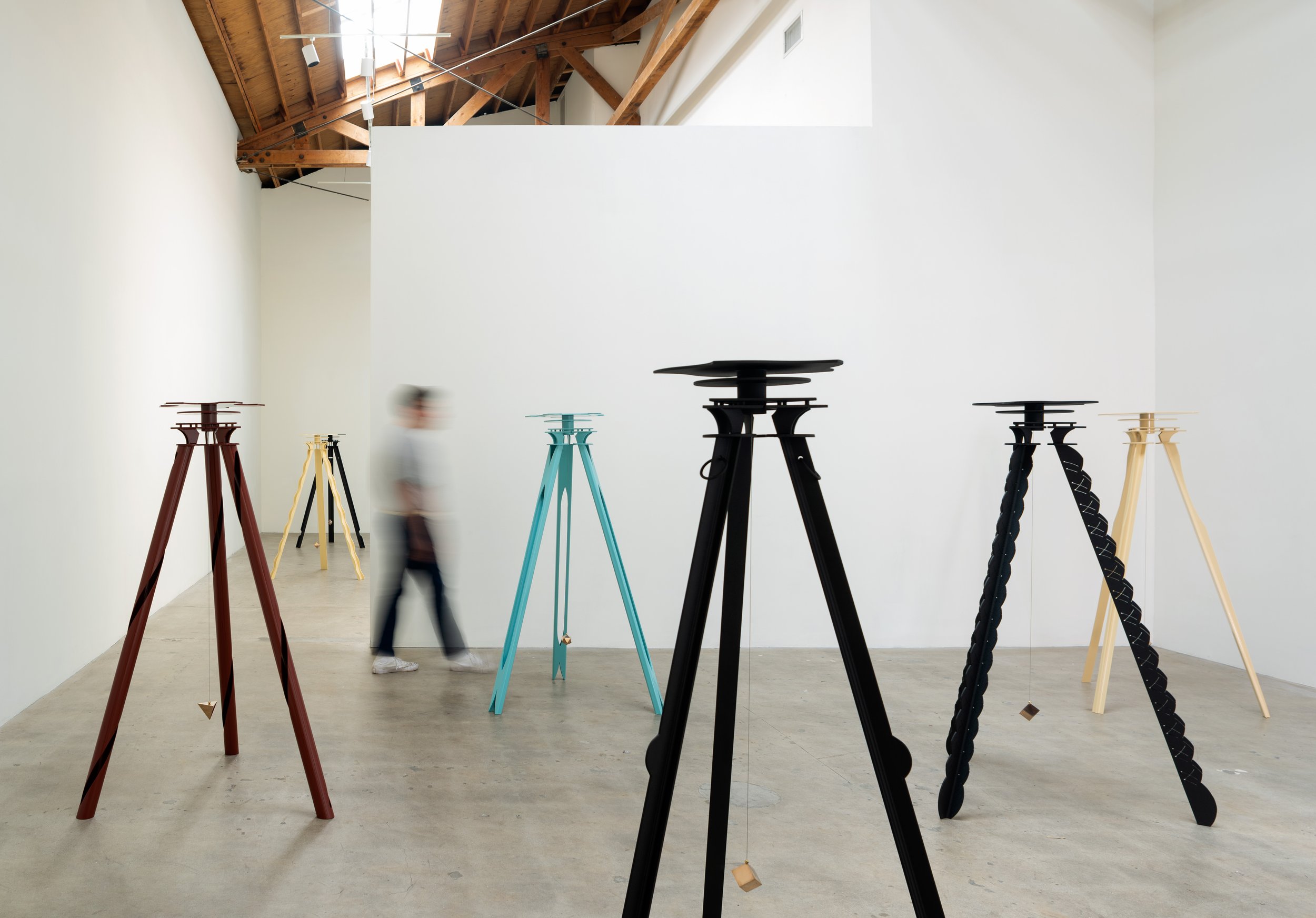
about
Working with steel and bronze, Kylie White’s recent sculptures, first shown at the gallery as part of her exhibition Sphere of Influence in 2021, offer systems for understanding innately felt, manifestly immeasurable forces of our universe. Centered around the twelve constellations that make up the Zodiac–perhaps our oldest visual system–the artist’s tripedal sculptures present as surveying tools, occult talismans, and the sculptural realization of ancient artistic signals. They are concerned with the immutability of humankind’s relationship to the cosmos, and humans as observers of distant celestial bodies that, in a sustained burst of egocentricity aimed squarely at the void, have become carriers of meaning for us on Earth. White, through the physical parsing of her position in the universe, synthesizes form and symbology into artworks whose embedded subjectivity proves necessary to participation in a timeless sculptural discourse.
This body of work sees the artist furthering her use of ancient and classical understandings of form and material, arriving at a critique of art that seemingly exists only for the artist, and only in the present. Art, for White, by design or by circumstance, exists for the future–both near and distant. Thus, her sculptures evoke a formal system of her devising, itself tethered to fundamental relationships between Platonic classical elements–earth, water, air, and fire–and planetary governance of Zodiac signs. This body of work, in its totality consisting of twelve freestanding sculptures, invokes massive intricacies through the decidedly industrial materials of steel and bronze.
Among these massive intricacies, like perhaps all of White’s work up to this point, stands the hulking notions of deep-time and its profound relationship to the observable and unobservable landscape. In their dual consideration of the ground beneath them and the vastness above them, her new sculptures find a position of perpetual currency by way of a growling atavism. Their assertion that, like the landscape itself, their binding system is both eternal and immutable, imbues them with a rare and seductive assertiveness; the desire to find a unifying system of observation creates a feeling of pervasive empathy and generosity.
Through an entirely hands-on process, White denotes each sculpture’s attendant Zodiac sign in its three legs through an appraisal of its aesthetic, associative, and physical properties. The top of each sculpture corresponds to the planet(s) that rule each sign. The welded bronze plumb bobs that hang inside each sculpture’s three legs correspond to the platonic solid associated with each classical element. Thus, each sculpture evokes its sign and element, which in turn describe a piece of time. Indeed, the term “Sphere of Influence” refers to the gravitational pull of one celestial body on another object in its orbit. In their alchemical and non-linguistic treatment of form and material, White’s sculptures conjure the cyclical flow of time, embodying the metaphysical connection between our perception of form through light and gravity.



